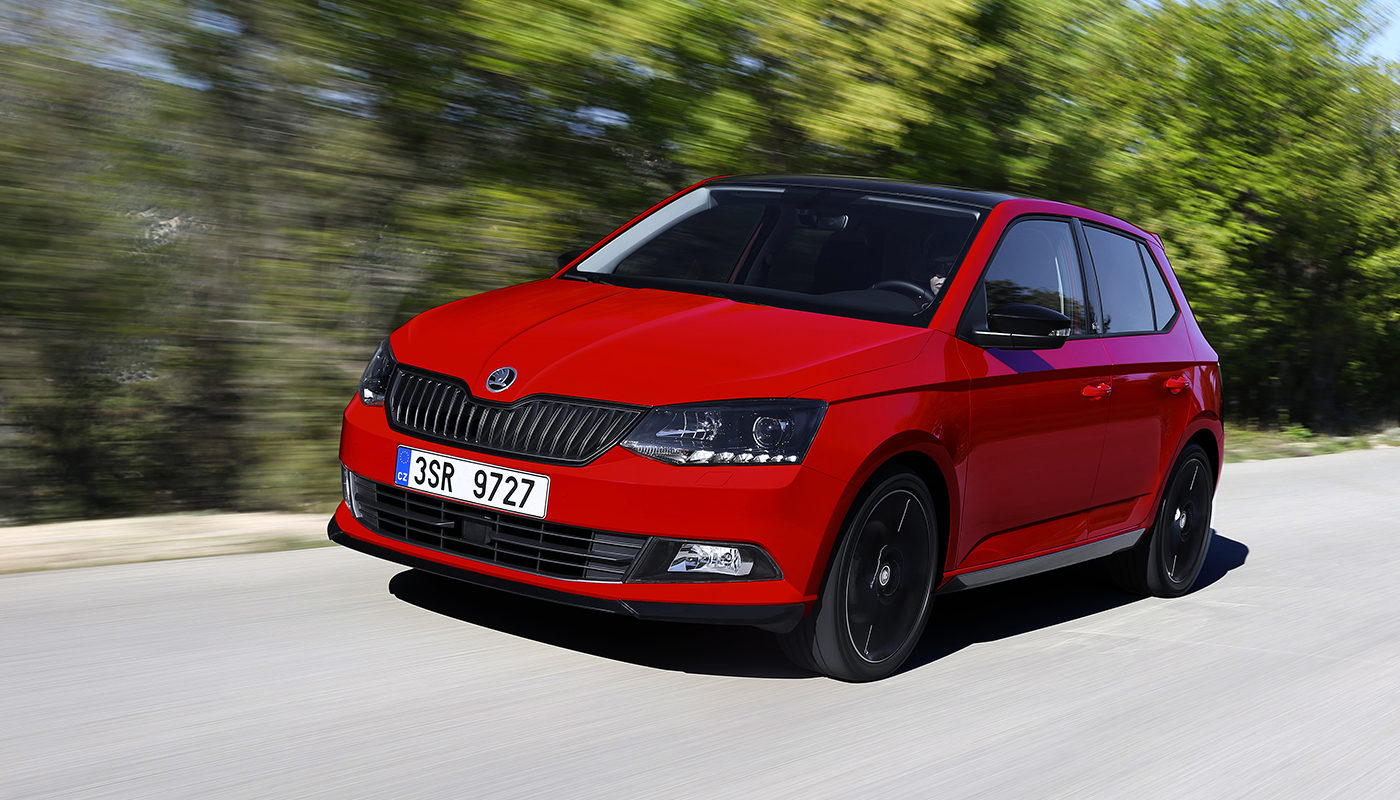Powerful
and Efficient

Come and get acquainted with the new heart driving several ŠKODA automobiles. The 1.0 TSI engine is a state-of-the-art three-cylinder powertrain boasting a large number of innovative solutions.
7. 9. 2017 Škoda World Innovation & technologyMedia Box
12 images
Show more
Show less


























